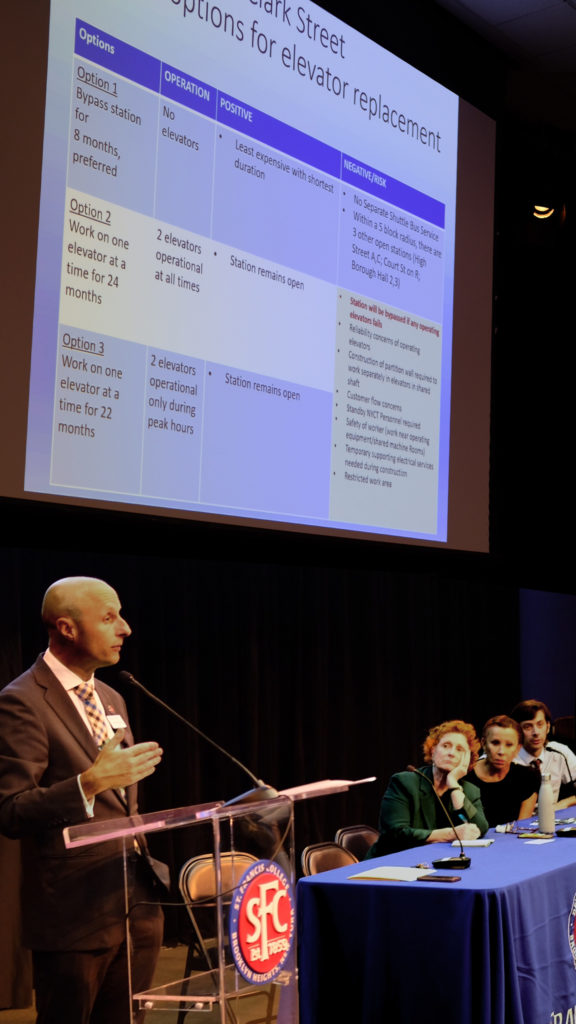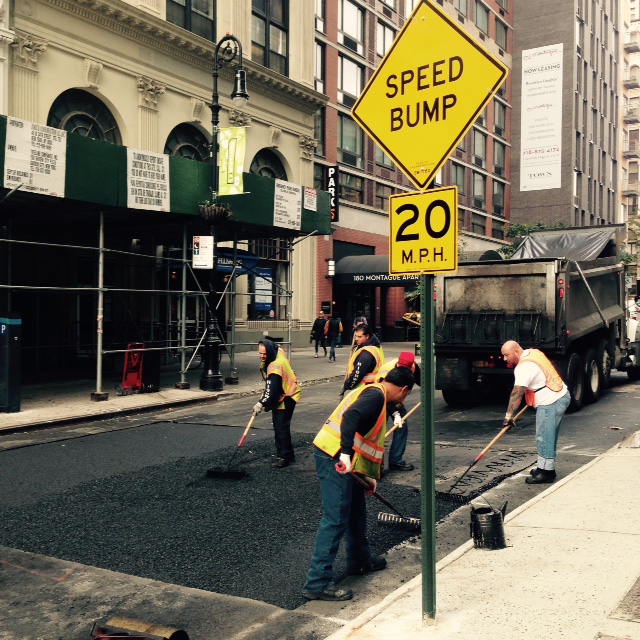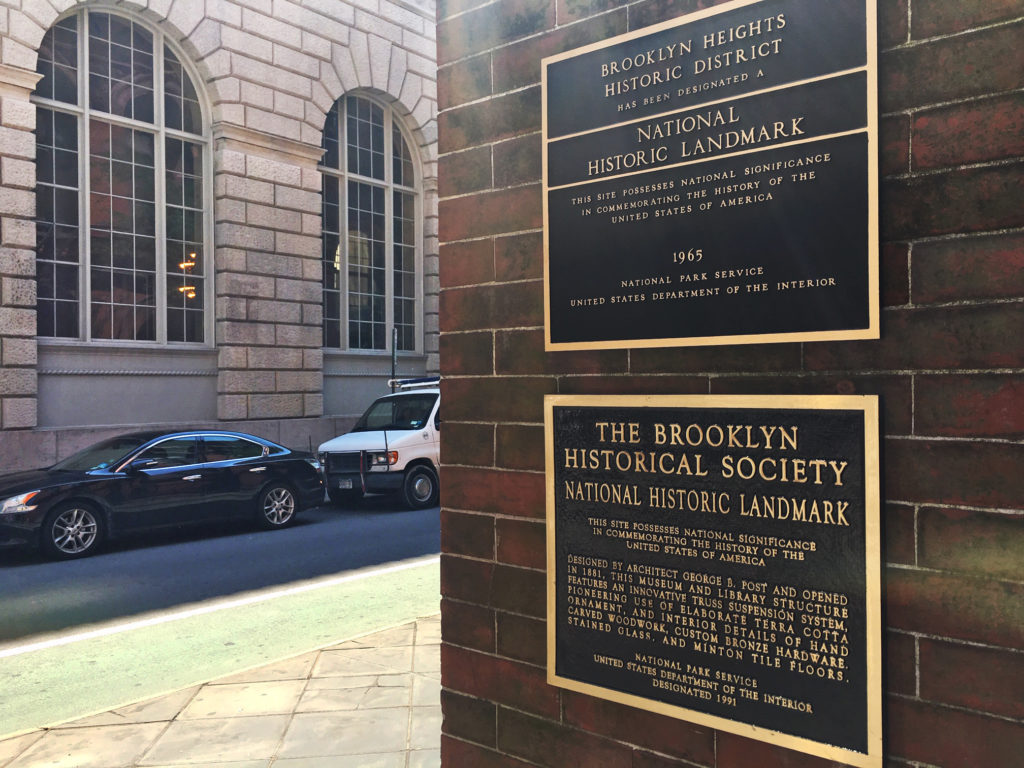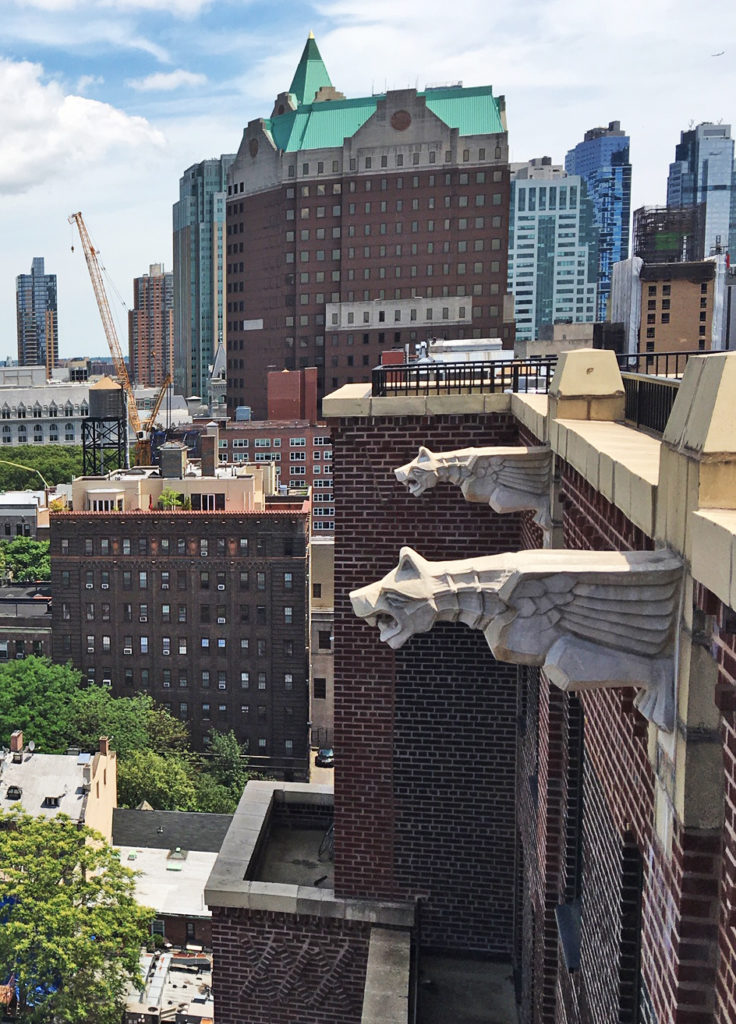About this issue
Update, February 2020 The MTA has announced plans to move forward with elevator replacement at the Clark Street 2 & 3 subway station in Brooklyn Heights over an eight-month period, allowing for repair of all three elevators simultaneously. Because Clark Street is a deep cavern station accessible only by elevator, the station will close while this work is underway.
Outgoing New York City Transit President Andy Byford said, “This plan reduces the length of construction time at Clark Street to just eight months, and eliminates uncertainty for our customers. We strongly feel our approach minimizes the impact that this disruption will cause.”
The contract for the project will be awarded later this year-meaning construction won’t begin until next year, but the start and end dates for the elevator replacement work will only be announced after the contract is awarded.
The upper level of the station will remain open, preserving public access to businesses located there. The MTA will also take steps to minimize the impact on local businesses. Residents and visitors will need to use nearby stations, including the High Street A & C subway station or the Borough Hall-Court Street 2, 3, 4, 5 & R. From the Clark Street station, these alternative stations can be reached via the B25 bus.
Read the MTA press release for more details.
What is the BHA doing?
Many residents and commuters who were surveyed wanted the station to remain open despite a longer repair time-frame, however, we also heard from a number of people who thought full closure was the best option. At this point, it seems the MTA is committed to the full closure – so we’re working with our electeds and the MTA to mitigate the potential negative impacts.
Below are some of the issues we are urging them to consider:
1. Shuttle buses have been ruled out by the Agency due to concerns over the ability to maneuver larger vehicles on our smaller residential streets. The MTA believes the B25 bus, which operates between the High Street station on Cadman Plaza West and Boro Hall, will serve customers who are not able to or do not wish to walk to Boro Hall. The BHA is advocating for increased frequency of service on this line, especially during the evening and overnight hours.
2. Although the station and the businesses inside will remain open during the construction period, the BHA, along with many of you, are concerned about the negative impact a reduction in customers will have on these important local businesses. We have asked the MTA to include the BHA in its outreach and engagement efforts with local businesses so we can help amplify the business owners’ concerns and be a part of developing support strategies.
Making sure these businesses survive the construction period will require the active engagement of the Brooklyn Heights community! We will be in touch soon with plans for how we can collectively show our support and encourage our neighbors to continue to patronize our local merchants.
3. We continue to urge the MTA to use the time before the closure of the Clark Street Station to ensure neighboring subway stations are fully operational. For example, the escalators at High Street cannot be in disrepair as they were last year for a number of months.
Background
 In 2019 riders of the 2/3 line who used the elevators at the Clark Street station were trapped 14 times. The antiquated elevators need a complete overhaul, and the MTA at a Town Hall in September of 2019, three different options under consideration by the MTA for structuring the work were presented to the Brooklyn Heights Community. MTA President Byford repeatedly said that he was interested in hearing from the community and a survey was distributed with the help of the elected officials present.
In 2019 riders of the 2/3 line who used the elevators at the Clark Street station were trapped 14 times. The antiquated elevators need a complete overhaul, and the MTA at a Town Hall in September of 2019, three different options under consideration by the MTA for structuring the work were presented to the Brooklyn Heights Community. MTA President Byford repeatedly said that he was interested in hearing from the community and a survey was distributed with the help of the elected officials present.
A summary of the options presented:
Option #1 would mean the subway would bypass the station entirely for a period of 8 months while new elevators were installed. The station itself would remain open and the businesses within the station would be accessible to customers. This is the option preferred by the MTA. According to the agency, it would be the quickest and the least expensive.
Option #2 would involve work on one elevator at a time over the course of 24 months, leaving two in operation at all times. Because of safety rules related to emergencies, two elevators need to be in operation at the same time.
Important to note for Options 2 or 3: trains may be required to skip the station during peak times in emergencies, or if one or more of the operating elevators fail. Given the current elevator failure rate, the MTA estimates this could occur as frequently as one or two times a month.
Option #3 would involve work on one elevator at a time over a 22-month period. Two elevators would be in operations only during peak times, with all trains skipping the station during weekends and off-peak times.
Link to PDF of their slideshow.
Survey results
A total of 687 responses were collected immediately following the public meeting, in-person at the subway station, and online. Overall, 62% of respondents preferred one-elevator-at-a-time replacement, with either a 22- or 24-month duration, while 38% preferred full closure with an 8-month duration.
While the great majority (86%) of survey respondents completed the survey at the station or online, it is worth noting that of the 14% who completed the survey at the end of the public meeting, 79% favored full closure, compared with only 24% of those who completed the survey at the station, and 33% who completed it online. View full results and background.

 The BHA’s powerful advocacy led to the passage of the Landmarks Law, followed by the designation of Brooklyn Heights as NYC’s first historic district. That was in 1965 and, to this day, preserving the neighborhood’s architectural integrity remains a primary mission of the BHA. In 2011, the BHA followed up on the earlier success when the LPC created the Borough Hall Skyscraper District, which protects 21 buildings near Borough Hall that form the core of Brooklyn’s downtown office district.
Furthering our mission, the BHA Landmarks Committee serves the Brooklyn Heights Historic District in a stewardship capacity, educating owners regarding the workings of
the NYC Landmarks Preservation Commission (LPC) and interfacing with applicants to the LPC who propose alterations to buildings within the historic district.
The BHA’s powerful advocacy led to the passage of the Landmarks Law, followed by the designation of Brooklyn Heights as NYC’s first historic district. That was in 1965 and, to this day, preserving the neighborhood’s architectural integrity remains a primary mission of the BHA. In 2011, the BHA followed up on the earlier success when the LPC created the Borough Hall Skyscraper District, which protects 21 buildings near Borough Hall that form the core of Brooklyn’s downtown office district.
Furthering our mission, the BHA Landmarks Committee serves the Brooklyn Heights Historic District in a stewardship capacity, educating owners regarding the workings of
the NYC Landmarks Preservation Commission (LPC) and interfacing with applicants to the LPC who propose alterations to buildings within the historic district. Formerly the People’s Trust Company Building and now housing a Citibank branch, 181 Montague Street was built between 1903 and 1906, while 185 Montague was built in 1930 as the National Title Guarantee Building and is considered to be an important precursor to Rockefeller Center. Together with 177 Montague Street, where the Chase branch is located, the three buildings constitute, in the view of noted architectural historian Francis Morrone, the most important assemblage of commercial architecture to be found anywhere in New York City. They form three distinct but compatible styles: a Renaissance palazzo, a Roman Temple, and an Art Deco skyscraper. Their designation as individual landmarks will preserve a vital and dignified piece of Brooklyn Heights.
The Committee is comprised of experienced architects, historic preservationists and architectural historians who bring a breadth of expertise to their work. Committee members review most projects in our District that involve a public hearing at the LPC, providing knowledgeable testimony at the hearings. The BHA is a well-respected and influential voice in all preservation matters, and our Landmarks Committee serves as a valuable resource for residents needing information or advice.
Formerly the People’s Trust Company Building and now housing a Citibank branch, 181 Montague Street was built between 1903 and 1906, while 185 Montague was built in 1930 as the National Title Guarantee Building and is considered to be an important precursor to Rockefeller Center. Together with 177 Montague Street, where the Chase branch is located, the three buildings constitute, in the view of noted architectural historian Francis Morrone, the most important assemblage of commercial architecture to be found anywhere in New York City. They form three distinct but compatible styles: a Renaissance palazzo, a Roman Temple, and an Art Deco skyscraper. Their designation as individual landmarks will preserve a vital and dignified piece of Brooklyn Heights.
The Committee is comprised of experienced architects, historic preservationists and architectural historians who bring a breadth of expertise to their work. Committee members review most projects in our District that involve a public hearing at the LPC, providing knowledgeable testimony at the hearings. The BHA is a well-respected and influential voice in all preservation matters, and our Landmarks Committee serves as a valuable resource for residents needing information or advice.